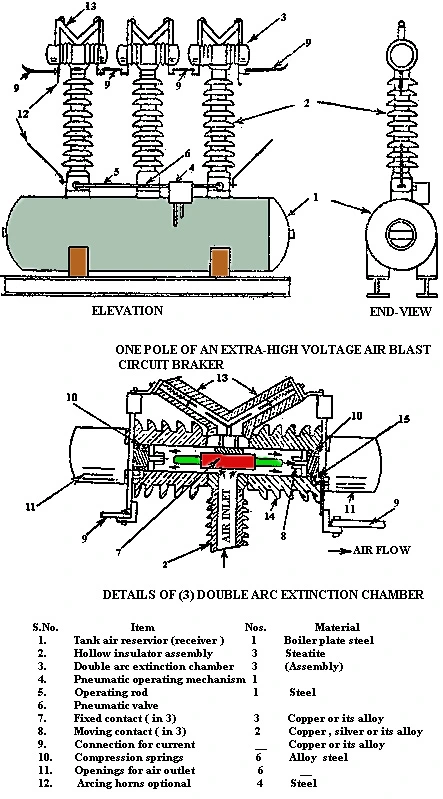MEGAWATTS PERSPECTIVES
Welcome to this blog, dedicated to exploring the intricate details of the power industry. At Megawatts, the dynamic world of energy, the basics, cutting-edge technologies, emerging trends, and the latest innovations shaping the future of power generation, transmission, and distribution are discussed.
The goal is to provide comprehensive insights into the complexities of the power sector. From renewable energy advancements to grid modernization efforts, I will cover a wide range of topics that highlight the industry’s evolution and its impact on global energy landscapes.
Through detailed analysis and expert commentary, I aim to keep you informed about key developments, regulatory changes, and industry challenges. Whether you’re a seasoned professional or someone curious about the inner workings of energy systems, this blog offers valuable resources and perspectives.







